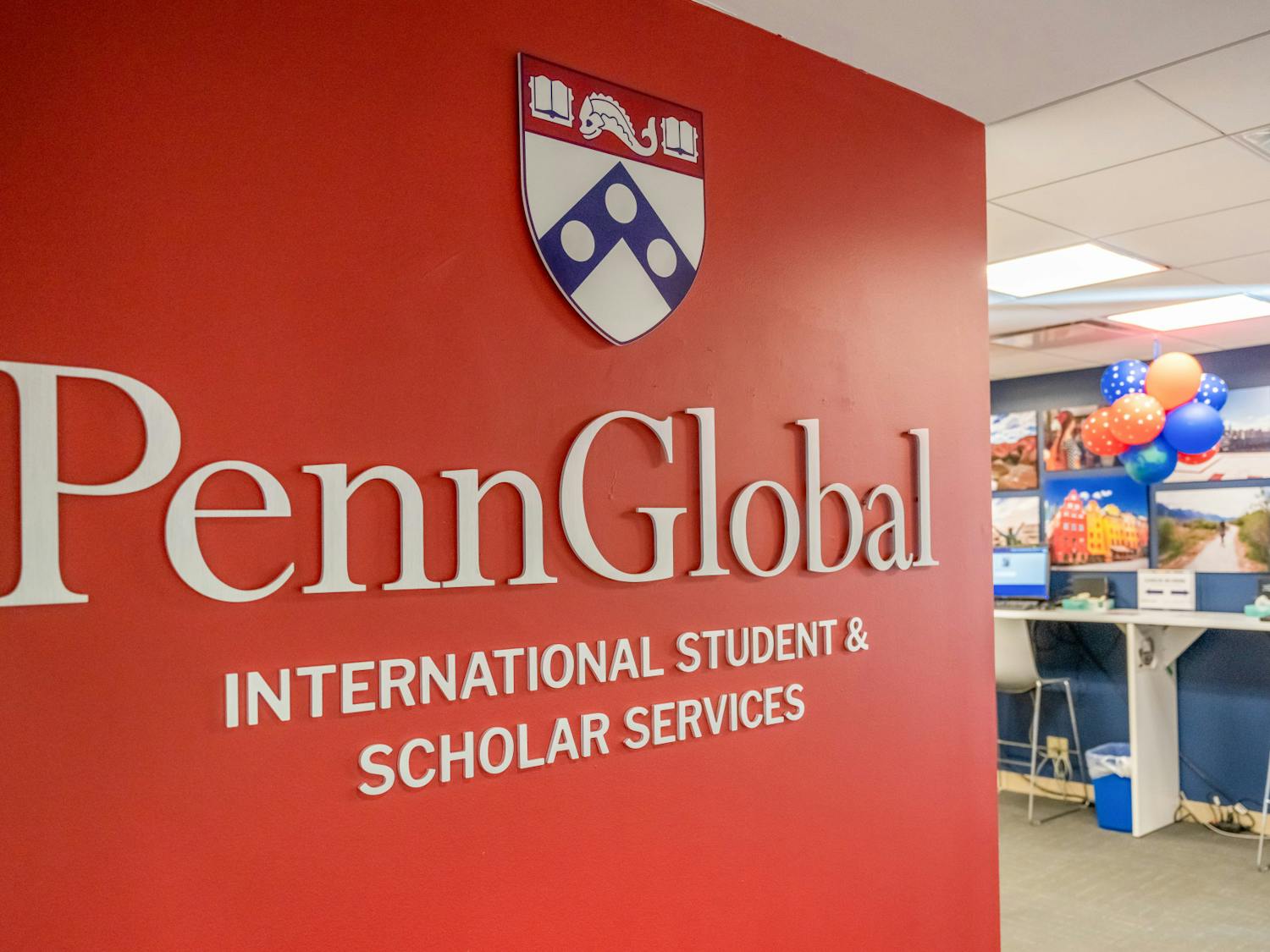Errors in communication and computation have puzzled man since the beginning of computer science.
As part of the Computer and Information Science Distinguished Lecture Series, Madhu Sudan, professor of Electrical Engineering and Computer Science at the Massachusetts Institute of Technology, visited Penn yesterday afternoon to discuss an improved way to preserve encoded computerized information.
When information is entered into a computer, it is encoded and stored as a series of 1s and 0s, which can often be a few hundred figures long.
"We would really like to receive information exactly as it was sent, and we would really like to store information exactly as it was intended," Sudan said. "This is the digital information age, and we need to preserve it."
Despite the fact that the speech was filled with technical jargon, CIS teaching assistant Ankita Kumar said, "I thought it was quite clear, and even I could understand it."
A crowd of about 25 -- mostly Computer Science affiliates -- attended the presentation in Levine Hall.
"I learned a number of things from it," even though "the stuff was completely unrelated to my work," Engineering Ph.D. candidate Geoff Washburn said.
To develop his presentation, Sudan explained two studies by mathematicians Claude Shannon and Richard Hamming conducted in 1948 and 1950, respectively.
While Shannon explored the idea that such errors are based on statistical and probability issues, Hamming centered his research on the visual representation of encoding.
Tying the two together, Sudan explained that Shannon's theory allowed for 50 percent of corruption in the information transfer, while Hamming's model allowed for only 25 percent.
Both of Hamming and Shannon's theories are still widely used today.
"One of the most profound contributions in Shannon's work was actually the architecture that he prescribed, which is taken for granted today," Sudan said, adding that today the simplicity of encoding is taken for granted by many computer scientists.
Hamming's research, on the other hand, focuses more on the visual representation of the multiple meaning of a single encoded message.
"Hamming said, 'Let's focus on the image of the encoding function,'" Sudan said.
To elaborate further on his point, Sudan displayed a diagram of 14 points and attempted to find the line that would pass through sets of five points. The discovery that there were three different configurations -- therefore showing three possible meanings for the encoding function -- proved that information can be distorted when it is encoded.
Sudan argued that, through a series of algorithms, Shannon and Hamming's theories could be connected, resulting in a stronger theorem.








